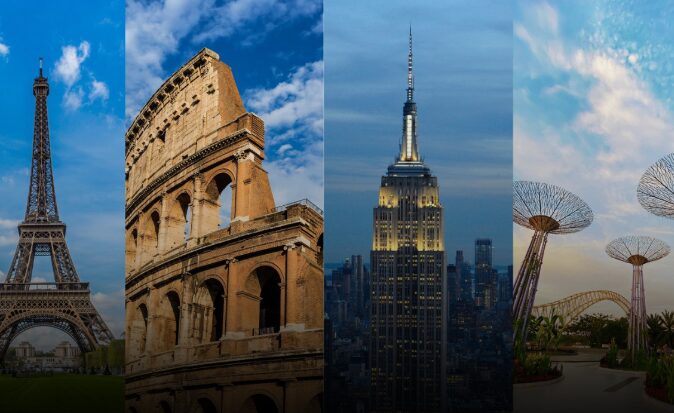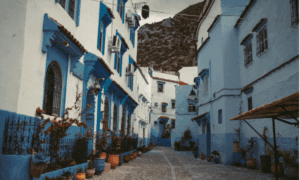The search for best tourist spot in the world is inherently subjective, shaped by individual preferences, experiences, and expectations. Some travelers chase the buzz of urban life, others seek historical wonders, and many yearn for untouched natural beauty.
While iconic destinations like Paris, the Great Barrier Reef, and Machu Picchu often top such lists, there’s a compelling argument to be made for Patagonia—a vast and breathtaking region at the southern tip of South America.
Patagonia: A Region Like No Other
Spanning both Argentina and Chile, Patagonia covers over 400,000 square miles of striking landscapes, ranging from dramatic mountain peaks and glacial fjords to arid steppes and ancient forests.
What makes Patagonia extraordinary isn’t just its visual splendor, but the way it represents a raw, unfiltered connection to the Earth—offering an experience far removed from the over-commercialized rhythms of global tourism.
Natural Marvels: From Glaciers to Granite Towers
One of the region’s most iconic attractions is the Perito Moreno Glacier in Argentina’s Los Glaciares National Park.
Unlike many glaciers around the world, Perito Moreno is still advancing, creating thunderous icefalls that captivate visitors.
In Chile, Torres del Paine National Park offers a contrasting but equally dramatic landscape. The granite spires for which the park is named, along with vividly blue lakes and sweeping valleys, make it a dream destination for hikers.
The famous W Trek is one of the world’s top trekking routes, drawing adventurers from all over the globe.
Solitude and Serenity in a Crowded World
Beyond the famous sites, Patagonia offers something truly rare: solitude . In today’s fast-paced, hyper-connected world, Patagonia is one of the last remaining places where travelers can spend hours—or even days—without seeing another person.
This solitude fosters introspection and a reconnection with nature that few other destinations offer.
A Rich Cultural Landscape
Patagonia is not only a natural wonderland—it also has a unique and diverse cultural identity . It is home to indigenous communities and settlers of Welsh, German, and Italian descent.
These influences have created a rich cultural mosaic where traditions are still preserved, and tourism has yet to overtake the local way of life.
Wildlife Encounters on Land and Sea
The region’s biodiversity is another reason it stands out as a top travel destination. Guanacos roam the open plains, condors glide high above the Andes, and elusive pumas stalk the hillsides.
Along the coasts, travelers can spot whales, orcas, and elephant seals in their natural habitat—providing some of the most memorable wildlife experiences on the planet.
Embracing the Challenge
Visiting Patagonia isn’t always easy. The weather is famously unpredictable—sunshine can quickly give way to sleet, and strong winds can appear without warning. Infrastructure is limited in many areas, making travel logistically demanding.
Yet, these very challenges are what help keep Patagonia so pristine and exclusive. They discourage mass tourism and preserve the raw, untamed nature of the land.
Conclusion: A Destination Beyond Comparison
Patagonia may not have the Eiffel Tower or ancient ruins, but it offers something more profound: a sense of wonder, connection, and awe that leaves a lasting impression on those who venture there.
For travelers seeking something truly authentic, untouched, and transformative, Patagonia makes a powerful case as the best tourist spot in the world.


































